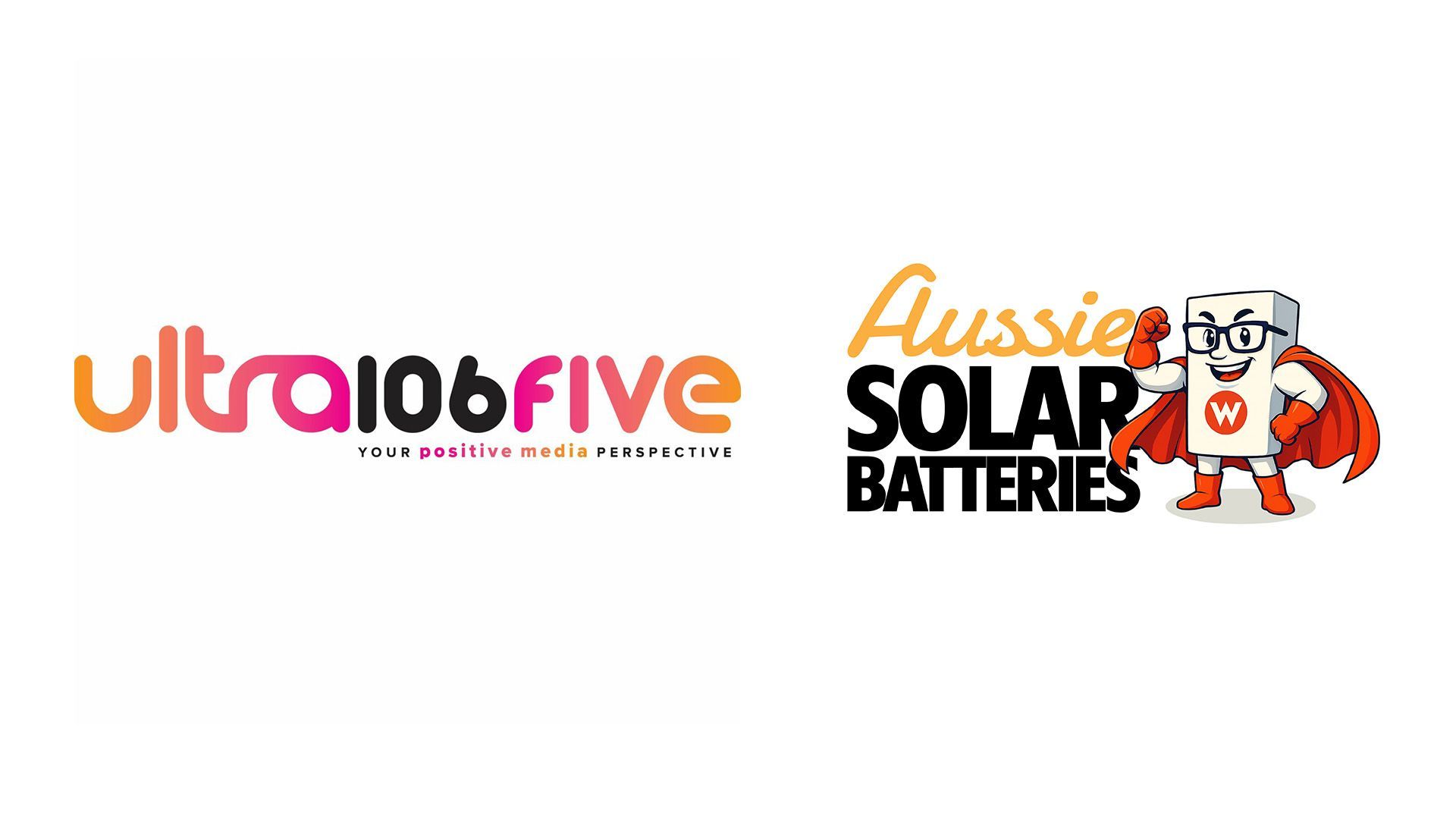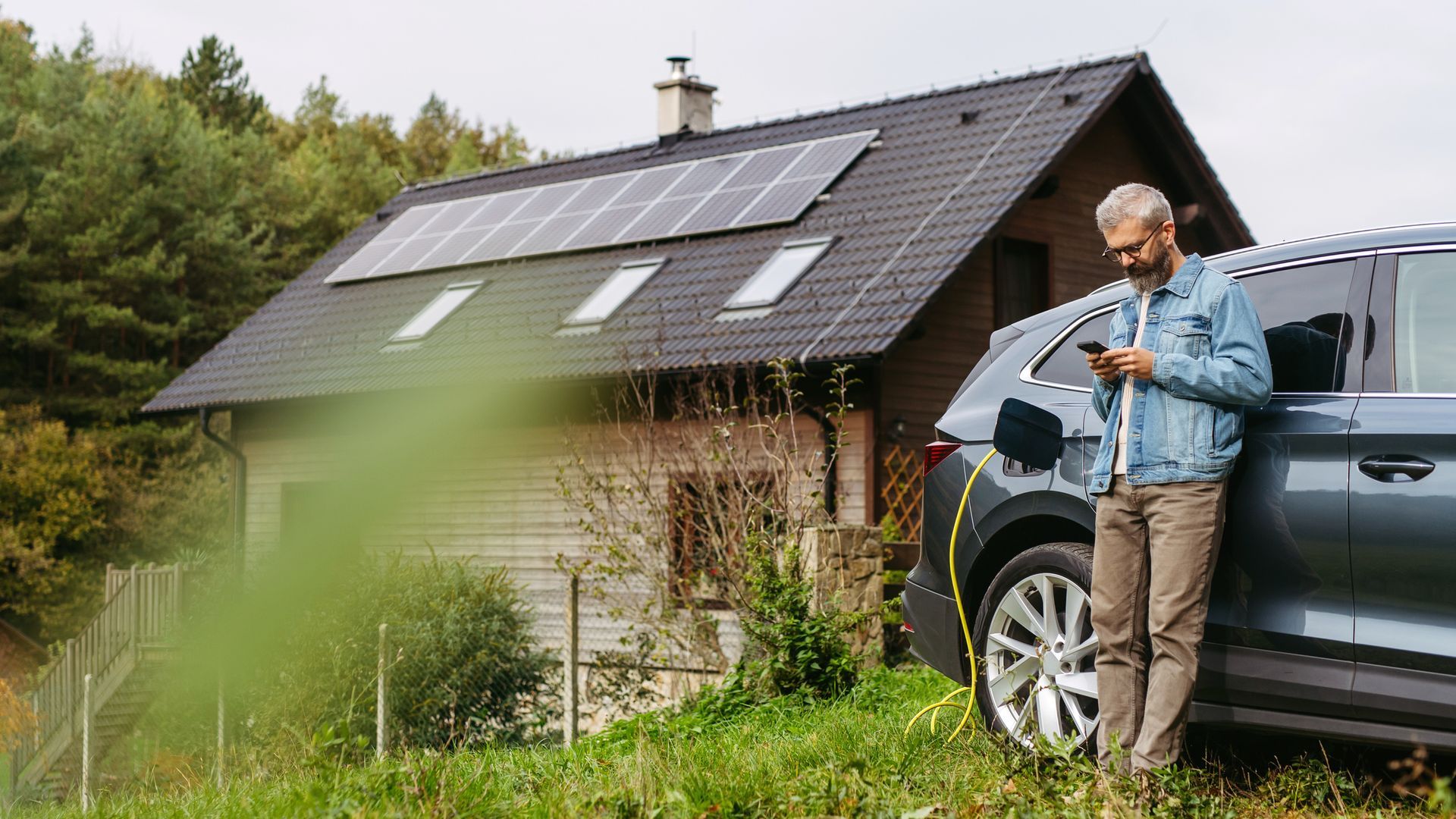Solar Battery Safety in NSW 2025 — A Homeowner’s Guide
Solar Battery Safety in NSW 2025: What Every Homeowner Should Know
When you invest in a solar battery, you’re not just buying storage, you’re buying peace of mind. The right installation means lower bills, blackout protection, and long-term savings. The wrong installation? It could cost you your warranty, your rebate, or worse.
In NSW, safety isn’t a nice-to-have. It’s the rulebook. And knowing what your installer must do is the key to protecting both your home and your investment.
Why Safety and Standards Matter
Lithium batteries are incredibly safe when installed correctly. But like any powerful technology, they need rules.
A battery is essentially a compact powerhouse that stores enough energy to run your home through the night. With that comes responsibility. That’s why the NSW government, the Clean Energy Council, and Australian Standards all have strict frameworks to make sure your battery is installed the right way. Because one poor install could void your warranty, jeopardise your insurance, or even put your family at risk.
The Standards That Keep You Safe
Think of safety standards as the seatbelts and airbags of your energy system. You might never notice them but you’ll be glad they’re there.
Here are the big three:
- AS/NZS 5139 — The rulebook for safe battery installation. It dictates where batteries can be installed, how much clearance they need, how they’re wired, and how risks must be mitigated.
- Clean Energy Council Approved Batteries List — Only products that meet rigorous testing and safety benchmarks make the cut. If your battery isn’t on this list, walk away.
- CEC Accreditation for Installers — Your installer must hold the right license to legally design and install battery systems. No shortcuts, no subcontractors without credentials.
Together, these standards are what keep NSW homeowners safe.
Where a Battery Can (and Can’t) Go
Here’s what most people don’t realise: you can’t just put a battery anywhere you like.
AS/NZS 5139 is very clear about placement:
❌ Not inside bedrooms.
❌ Not in roof cavities.
❌ Not against habitable room walls without proper separation.
❌ Not where vehicles might hit them (like driveways or garages without barriers).
✔️ Instead, batteries should be placed in a well-ventilated area, away from direct heat, with clearances around them.
Your installer should show you exactly how they’re complying with these rules. If they don’t bring it up? That’s a red flag.
Why Placement Matters for Rebates
Here’s something most homeowners don’t know: your battery’s location can determine whether you qualify for rebates.
In NSW, compliance with AS/NZS 5139 isn’t just about safety, it’s tied to incentive eligibility. If your battery is installed incorrectly, you could miss out on thousands of dollars in rebates.
That’s why professional, accredited installers don’t cut corners. It’s not worth risking your rebate or your long-term protection.
Installer Requirements: What the Best Do Differently
The difference between a dodgy job and a professional install is night and day.
Here’s what a compliant, trustworthy installer will always do:
- Use CEC-accredited electricians — not just solar installers, but specialists trained in batteries.
- Conduct a risk assessment — identifying hazards before the first cable is laid.
- Install emergency isolators — so first responders can safely disconnect power if ever needed.
- Label everything clearly — signage and safety stickers that tell anyone working on your property exactly what’s in place.
- Follow wiring rules to the letter — correct fuses, cabling, isolators, and barriers to prevent overloads or fire risk.
- Document compliance — you should always receive paperwork proving the installation meets Australian Standards.
If an installer can’t show you how they’re meeting these requirements, don’t sign the contract.
Product Compliance: Choosing the Right Battery
Not all batteries are created equal. And not all are approved for use in Australia.
To be eligible for rebates and ensure safety, your battery must be on the Clean Energy Council’s Approved Batteries list. This ensures it’s been tested, certified, and deemed safe for Australian conditions.
The safest choice today? Lithium Iron Phosphate (LiFePO₄) batteries. They’re thermally stable, long-lasting, and less prone to overheating compared to other chemistries.
Also check for:
- Thermal management systems (to prevent overheating).
- Fire containment and venting.
- Cell balancing technology.
- Warranty length (10 years is the benchmark).
Avoid grey imports or “cheap and cheerful” brands with no Australian support. If a battery gets recalled or delisted, you want a company that stands behind its product.
NSW Is Getting Stricter
Here’s the truth: as battery uptake grows, so do incidents. Fire & Rescue NSW has recorded a spike in battery-related callouts in the past two years.
That’s why the NSW Government is moving toward mandatory product stewardship — a framework to ensure batteries are safely manufactured, installed, and disposed of at end-of-life. For homeowners, this means stricter rules, higher expectations of installers, and more confidence that your system will be safe and supported for its full lifespan.
It also means now, more than ever, you should choose an installer who is ahead of the curve and not one just doing the bare minimum.
The Questions Every Homeowner Should Ask
Before you let anyone install a battery in your home, ask them these seven questions:
- Are you CEC-accredited for battery systems?
- Is the battery on the Clean Energy Council’s approved list?
- Can you show me how this install complies with AS/NZS 5139?
- Where exactly will the battery be placed, and why?
- What fire safety and ventilation measures are included?
- Will this install qualify me for state and federal rebates?
- Will I receive documentation for compliance and warranty?
A good installer will have every answer ready. A bad one will fumble.
Making the Safe Choice in 2025
A solar battery is one of the smartest investments a Sydney homeowner can make, but only if it’s installed safely and compliantly.
Get it right, and you’ll enjoy years of savings, energy independence, and peace of mind. Get it wrong, and you could lose your rebate, void your warranty, or risk your safety.
At Aussie Solar Batteries, every system is installed by our own CEC-accredited electricians — never subcontractors.
We don’t just meet the standards. We exceed them. Because your safety isn’t negotiable.
👉 Thinking about a battery for your home?
Contact us today and let’s make sure it’s done right — safe, compliant, and built to last.




